July 6, 2020
We woke at 6:30 and within 10 minutes we were underway to the South Rim of the Yellowstone Trail. Before we even made the 10-minute drive there we decided we weren’t going to camp again at Canyon Campground. We both felt ready to go somewhere more off the beaten path than a national park—plus the showers were closed.
We made breakfast at a picnic area by the trailhead but realized that there was no reason to get to the trailhead so early—it was still completely empty by the time we started up the trail around 8:00, maybe because at that hour it was a very chilly 37 degrees.
We started the trail at a bridge crossing the Yellowstone River. The views and sounds were incredible.
The river was very full and flowing extremely fast. We soon found out where it was going.
A mile downstream, it leapt into the void that was the Upper Falls and thundered over 100 feet down into a rainbow-hued spray. The ground shook as the huge volume of water hit the rocks below. We were spellbound at the power and speed. Any living thing caught in the current would be dashed to bits on rocks on the river even before it went over the falls.
The trail followed the swift flowing river for three miles, each viewpoint spectacular. As the morning sun rose higher in the sky, it cast a variety of shadows on the canyon walls.
At one point, a family came flying by the other way warning us of hordes of mosquitoes on the trail. Susan was wearing long pants, long sleeves, and gloves, but I was wearing shorts. As we met the mosquitoes, we did our best to get through them unscathed though apparently they were tough enough to get through even some of Susans’s thin layers and we donated more blood.
We’d planned on hiking down to the bottom of the canyon on a side trail but that trail was closed.
Disappointed, we instead found our way down to the river at another spot where we lingered for awhile, mesmerized by the rushing water, before heading back to the truck.
By the time we completed the hike it had warmed up 25 more degrees.
But the best animal spotting by far was just down the road where more cars were stopped. I got out my binoculars, scanned the area and saw it—a mature grey wolf about a quarter mile away, hunting in a meadow. I couldn’t believe it. For as long as I can remember, I’ve wanted to at least hear a wolf in the wild and hopefully be lucky enough to see one. And here he was, oblivious to the humans looking at him from afar. Susan managed to get a photo of him from a distance before he disappeared behind a stand of pines. For maybe 90 seconds, I was enthralled and felt like a kid babbling to Susan about the wolf. I could now die peacefully.
After the wolf sighting, I knew it would be hard to be wowed by more of the park for a while. We stopped to tour the unusual Mammoth Hot Springs area but upon arrival found the two-mile loop road closed to vehicles. We briefly checked out the views along the upper ridge of a boardwalk viewing area near the parking lot, but decided to skip the rest of the boardwalk. Instead, we chose to walk the two-mile loop road where no one else had considered going.
We headed next to the nearby “Boiling River” where we’d read that a short trail would take us to a swimming hole that was warmed by hot springs. The route there brought us through the small village of Mammoth Hot Springs where elk wandered freely along the streets.
We soon discovered that, like many places in the park, the Boiling River area was closed for the season because of Covid-19. We were not particularly let down because we were ready to head out of the park. Yellowstone was unique and beautiful but we were ready for some more remote experiences.
We left the Boiling River area and drove due east for two hours through the enormous park toward the northeast park entrance.
Mid-route, we were ready to stop for a picnic lunch. We pulled off at the Yellowstone River Picnic Area only to discover it was not near the riverbanks as we ‘d expected and the picnic tables all were in use. Unperturbed, I turned the truck around and headed back about a mile toward the nearby bridge we’d just crossed over the Yellowstone River where I’d seen a dirt road turn-off that looked interesting. We followed it a half mile to where it ended, got out and walked to the edge of a cliff. Four hundred feet below us was the raging Yellowstone River, twisting and roaring around a bend. The pines nearby caught the wind and gave some shade, so we took out our folding chairs and made lunch in one of the most amazing places yet, one that wasn’t on any map.
Afterwards, we continued our journey through the gorgeous green Lamar Valley that went on for many miles. The Lamar River winds through the valley and provides watering holes for many herds of bison. We agreed that the Lamar Valley is one of the most serene and stunningly beautiful valleys we’d ever seen.
We finally exited Yellowstone and headed onto the road less traveled. That road was the Beartooth Highway, Route 212, one of the most scenic drives in the US. Because of heavy snowfall at the top, the pass is usually open only for a few months each year.
The Beartooth leaves the park at the northeast entrance and then begins a long and winding climb through the Beartooth and Absaroka Mountains.
The 68-mile long scenic road begins at 5,200 feet and starts climbing in earnest until eventually it’s above the tree line.
But it’s not done yet. As it climbs even higher, views of several snow-capped mountain ranges come into view. Soon, there is nothing but mountains and alpine lakes marching off in the distance.
The truck labored up the steep and twisting road as if two of its eight spark plugs were disconnected. It was rare to see any other vehicles on the road—semis and RVs dared not even attempt the climb but the occasional motorcycle riders clearly enjoyed the ride.
Eventually, the road summits Beartooth Pass at 10,947 feet. At the pass, it was cold and very windy. We went for a short walk to a boulder patch to take some photos and the view in every direction was truly breathtaking. All around was granite mountains with large patches of snow, even a thousand feet below. Desolate. Windswept. Wild. Sobering. Perfect.
The Beartooth Highway eventually descends by twisting down through multiple brake-smoking switchbacks and depositing the rare traveler in the small mountain town of Red Lodge, Montana. From there, we drove for several hours, mostly parallel to the Yellowstone River, until we arrived at Bozeman, Montana where we found a clean inexpensive hotel for the night. Both of us had been calorie-deficit from our hiking so we broke down and went to Five Guys for a real burger (for me, and a veggie burger for Susan) and fries, wolfing it down at an outdoor table in record time. Showers and a warm room put us to sleep.

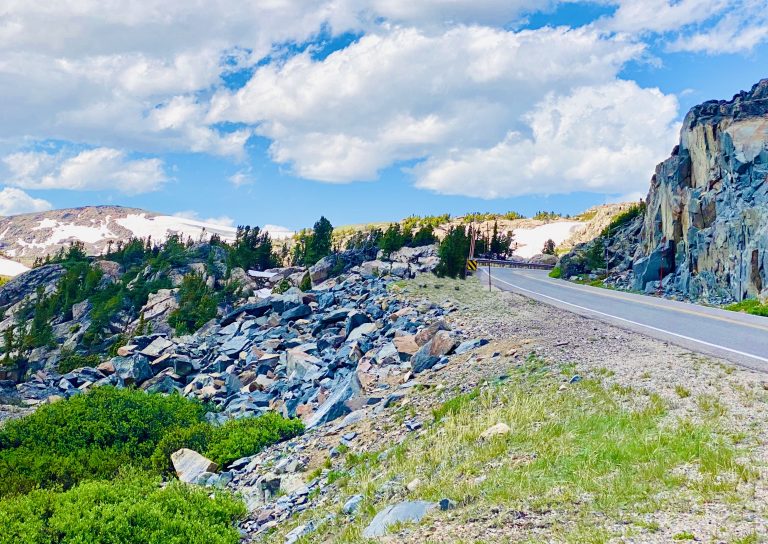
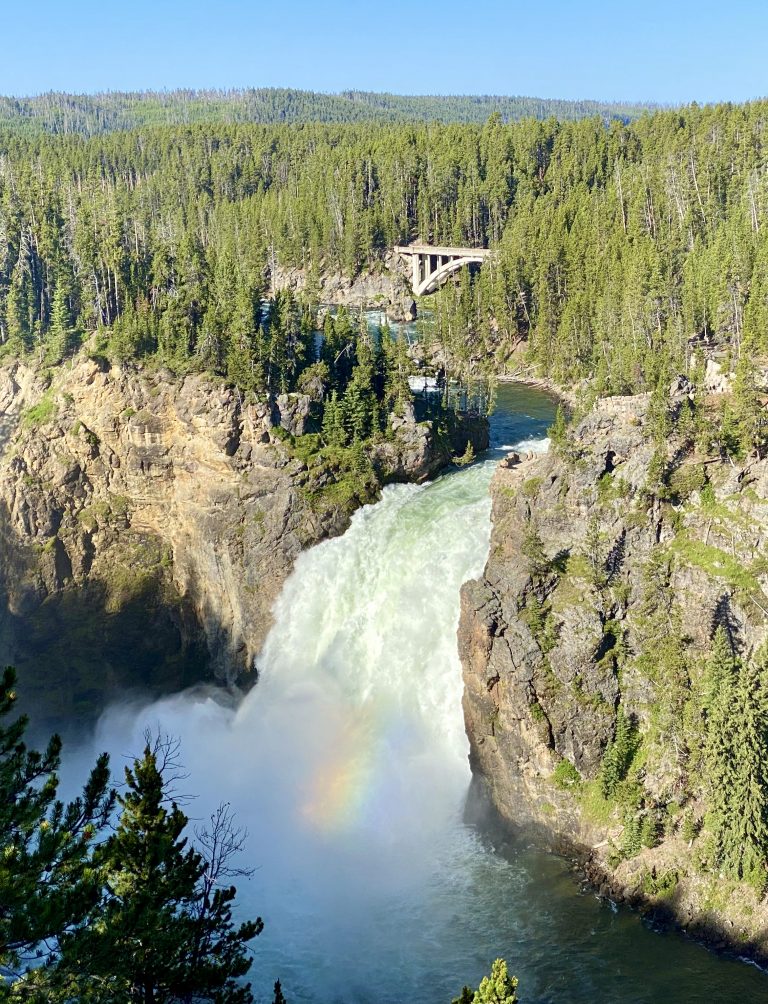
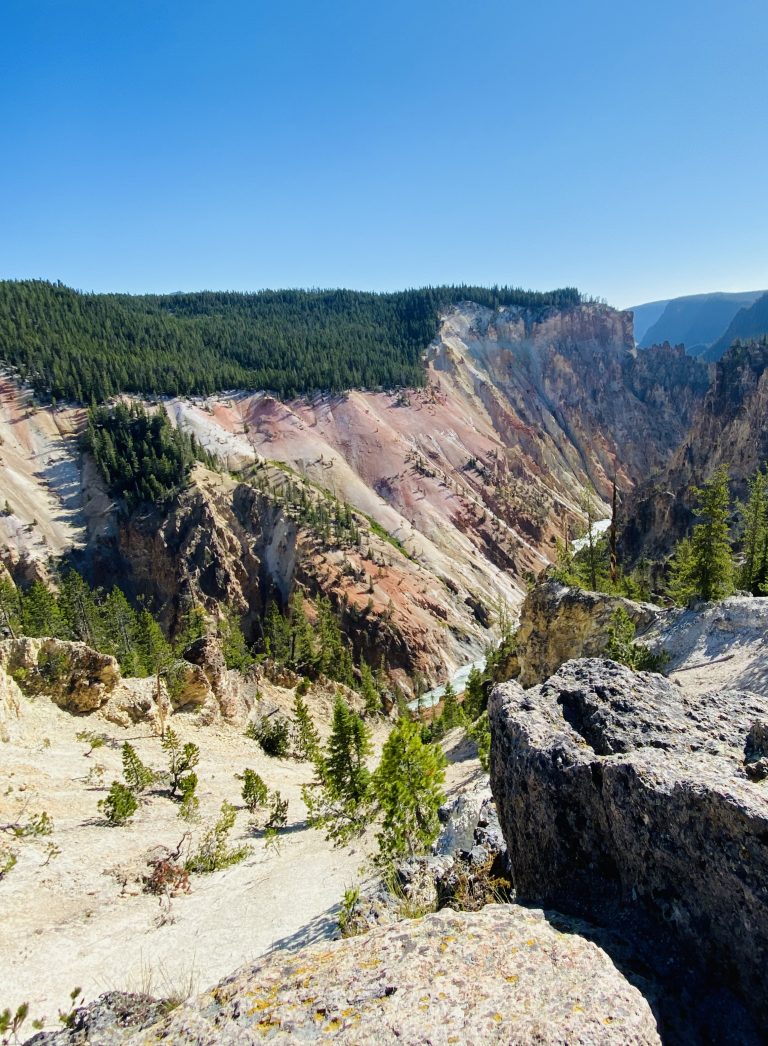
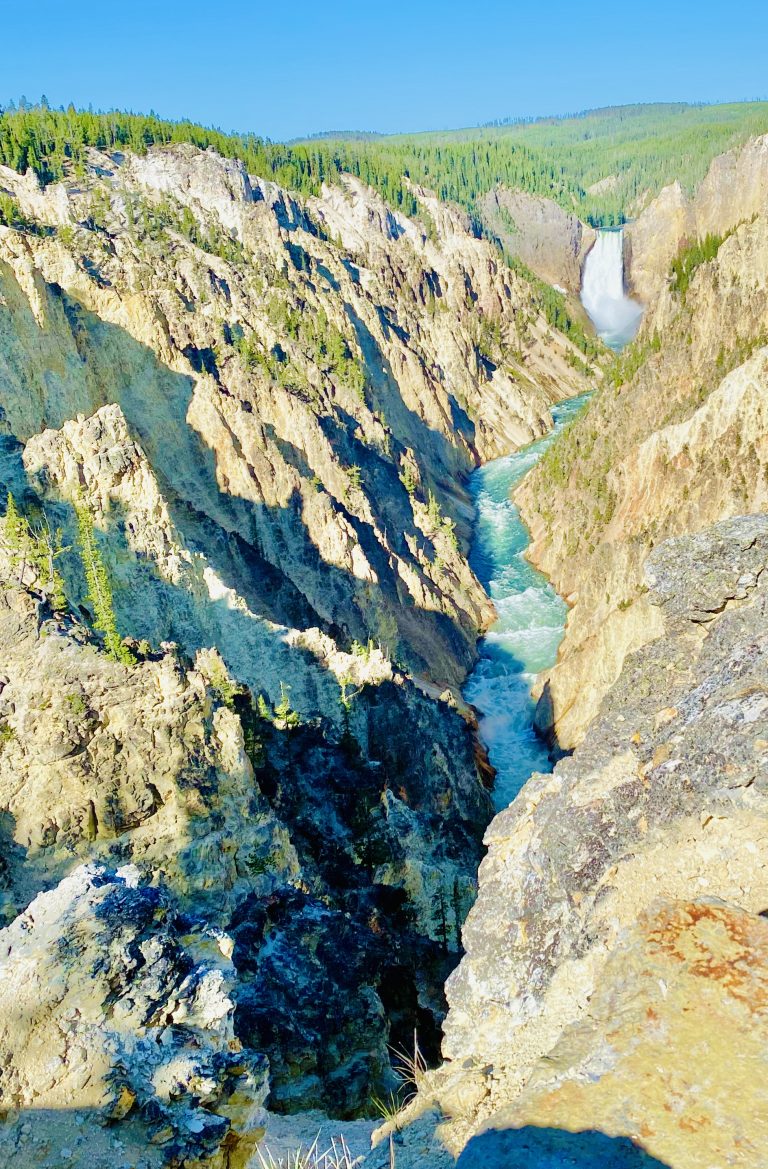
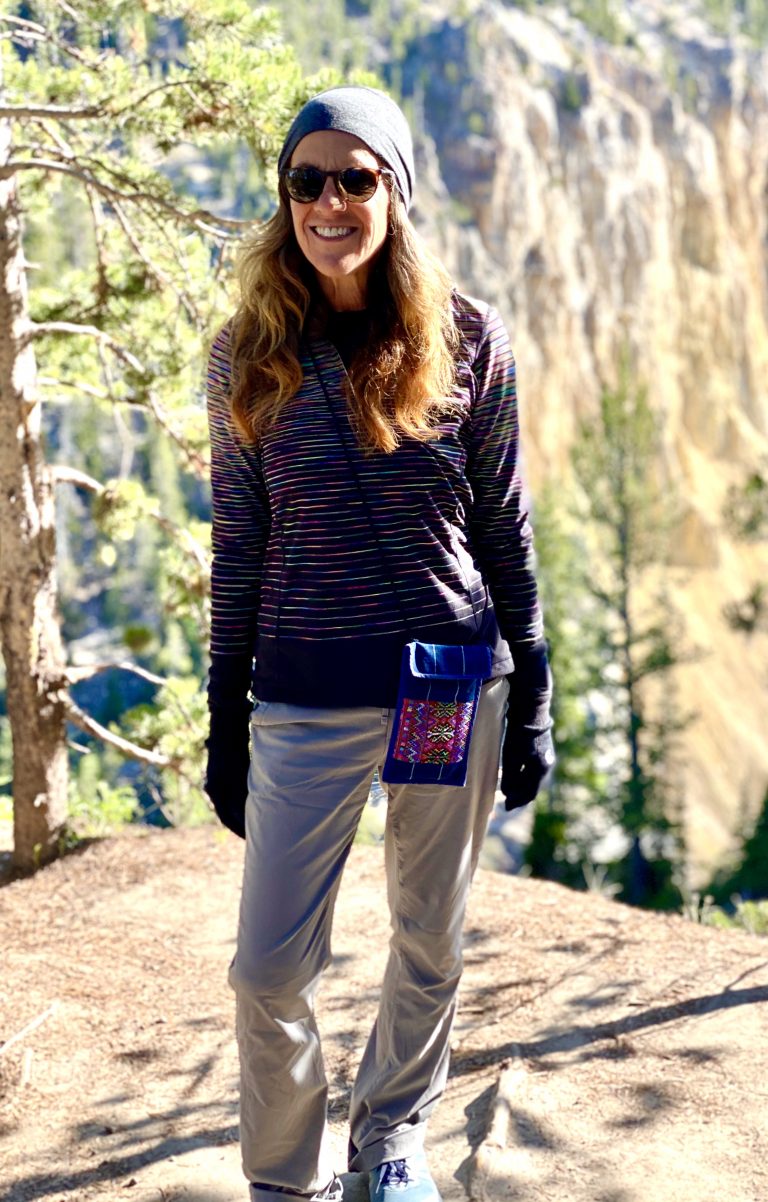
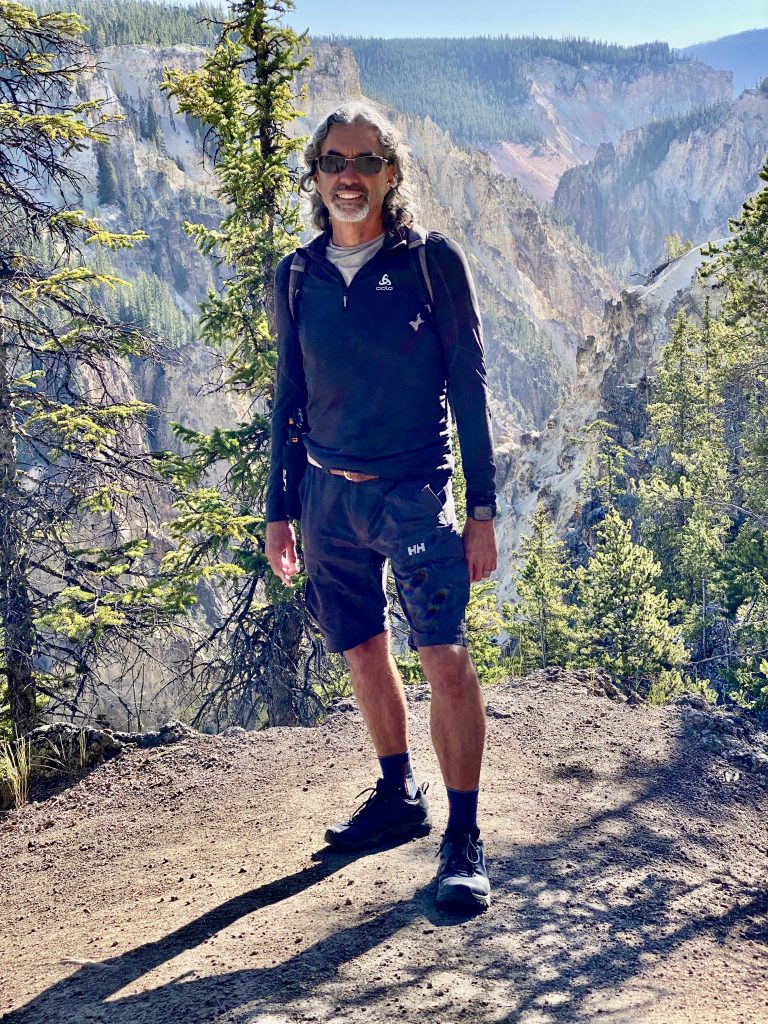
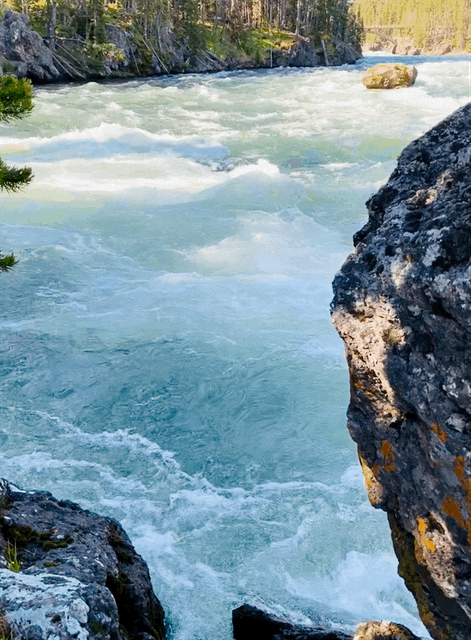
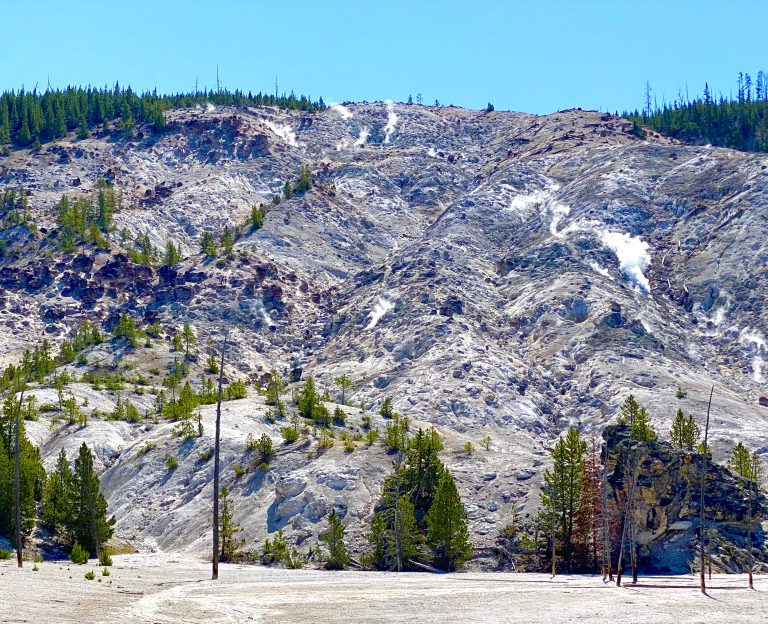
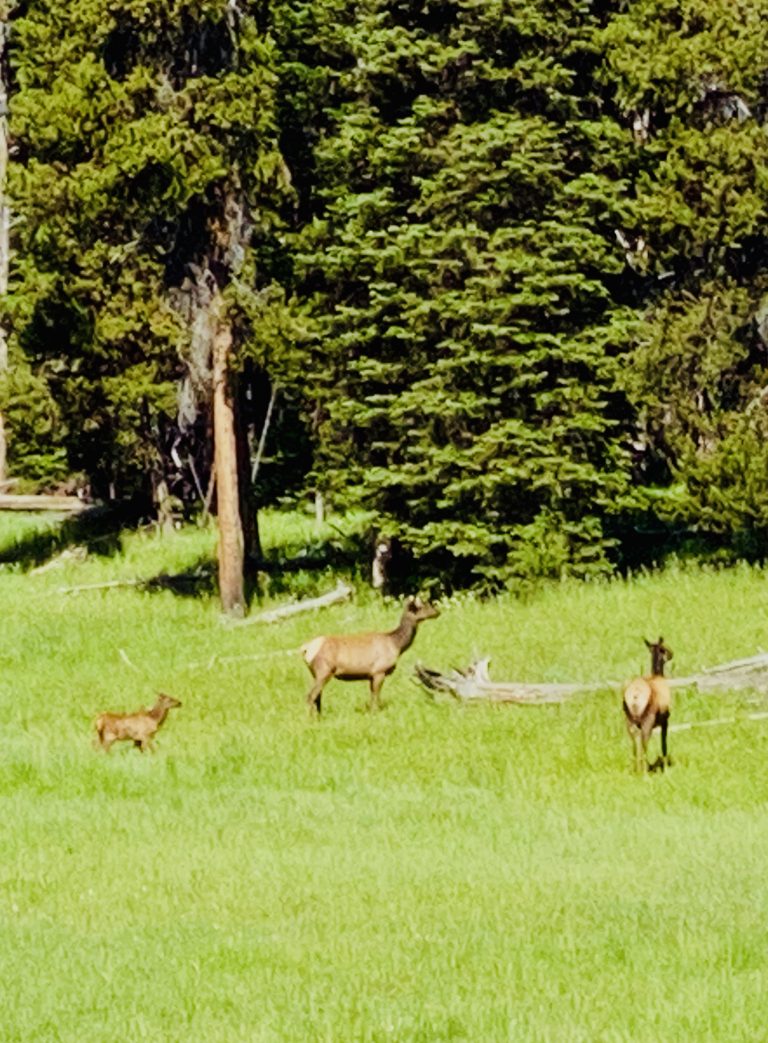
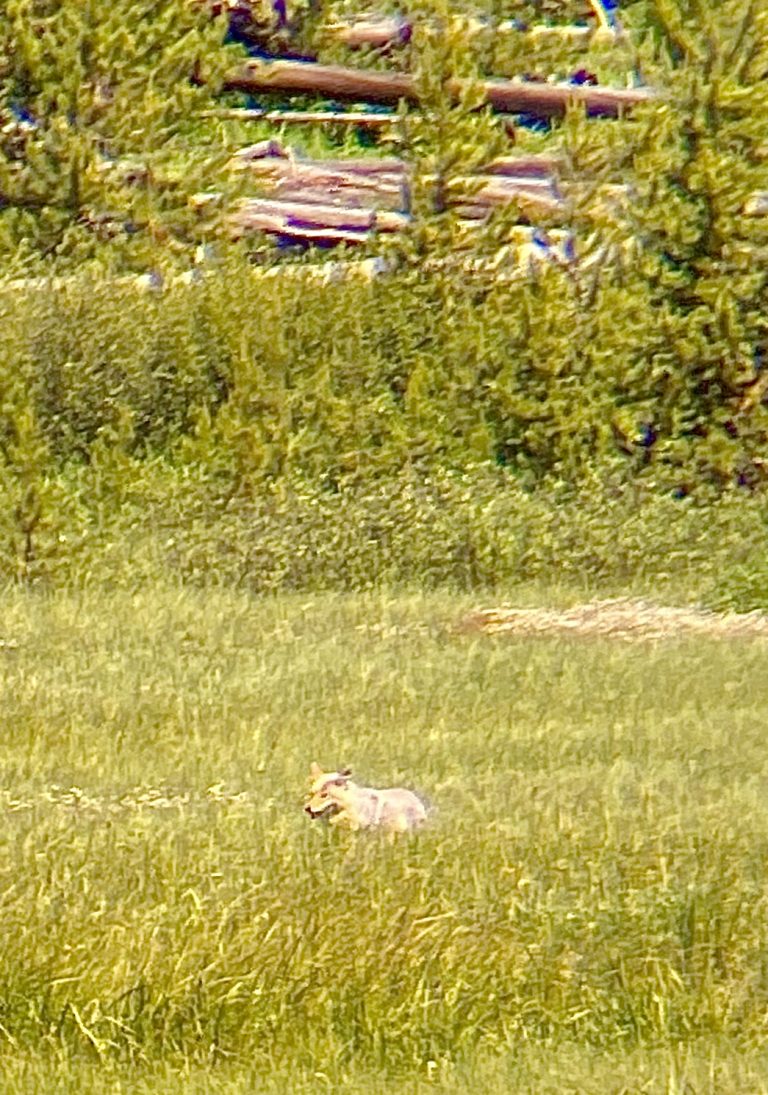
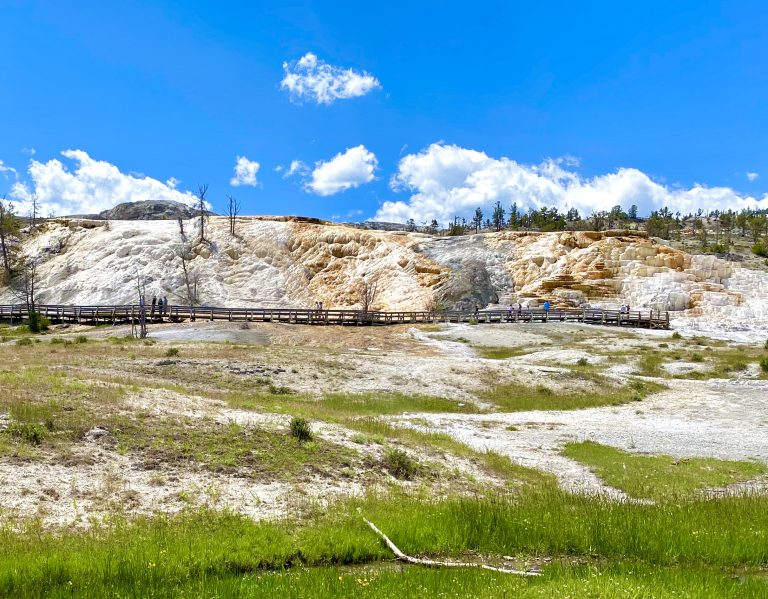
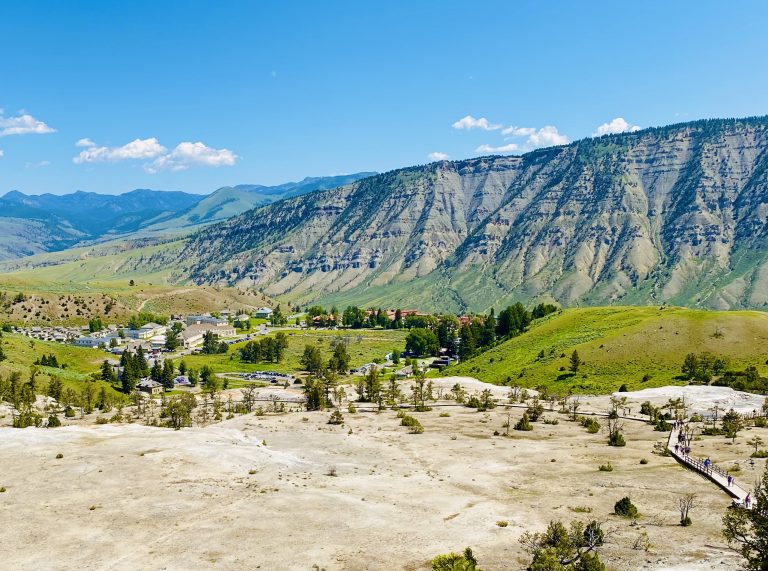
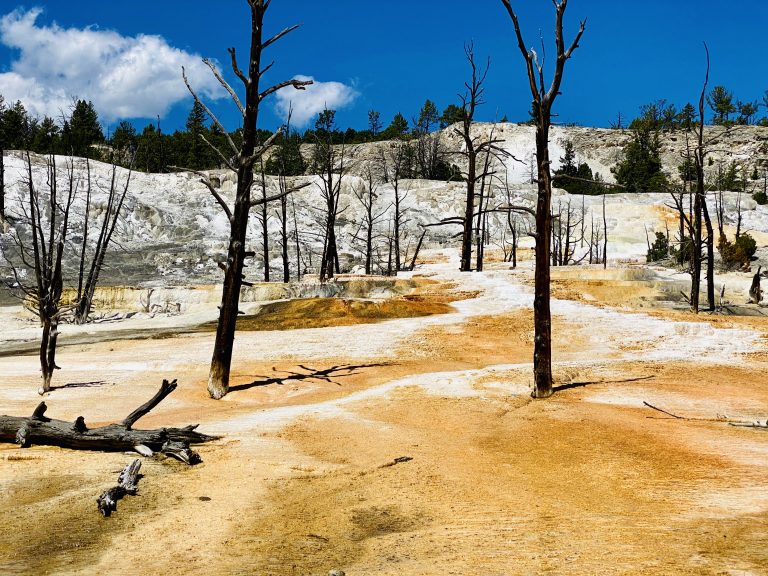
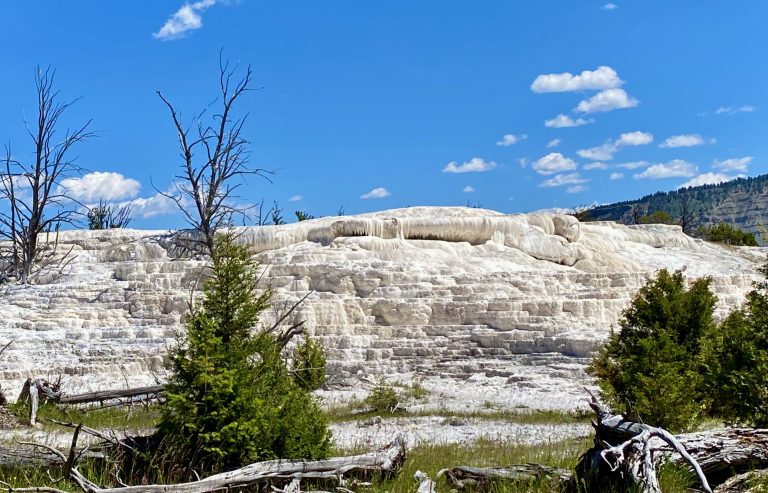
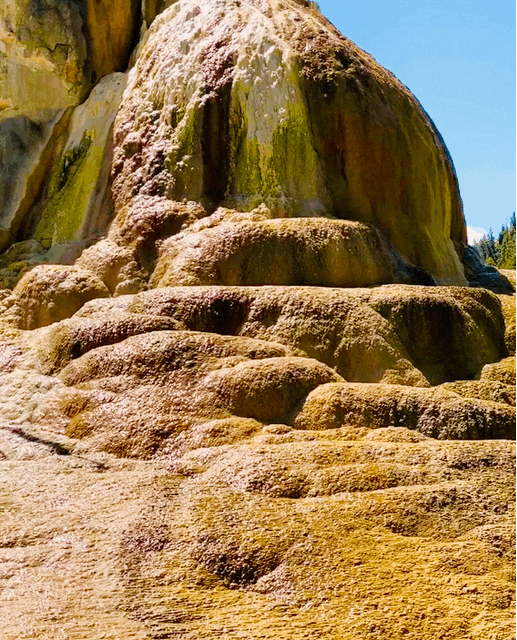
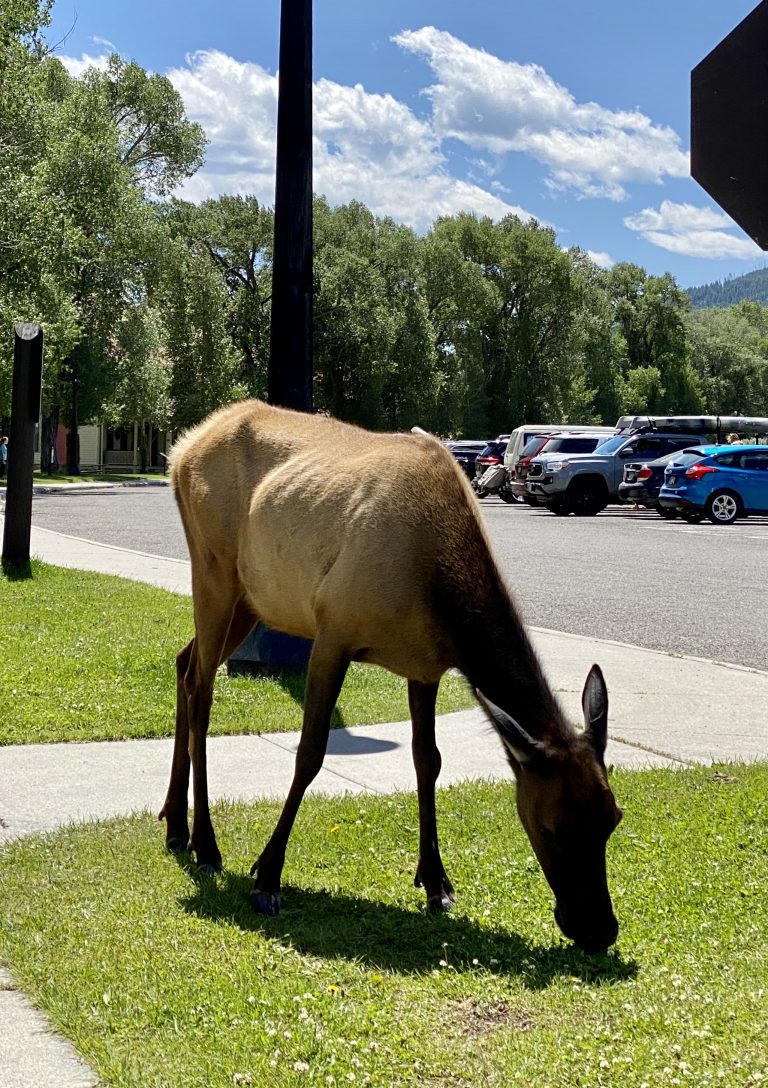
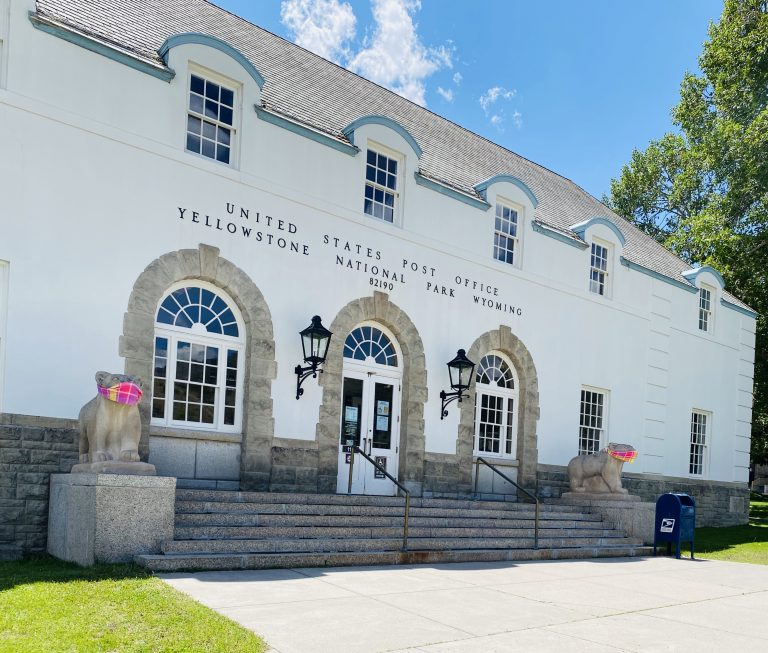
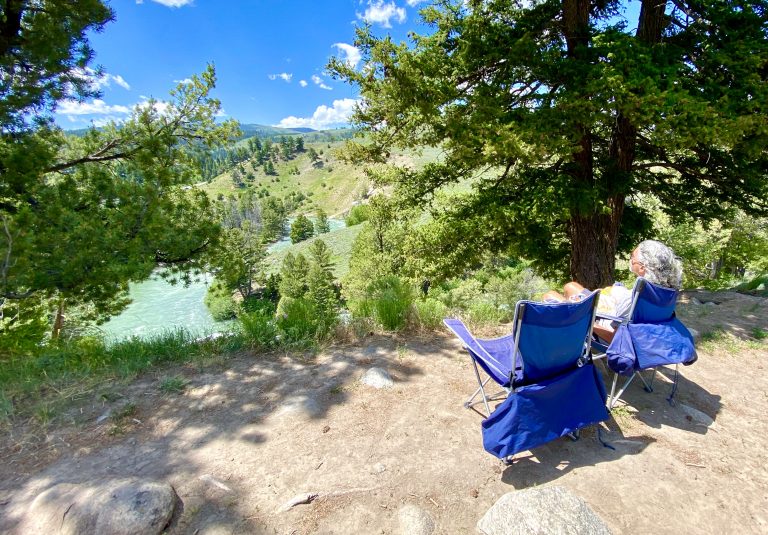
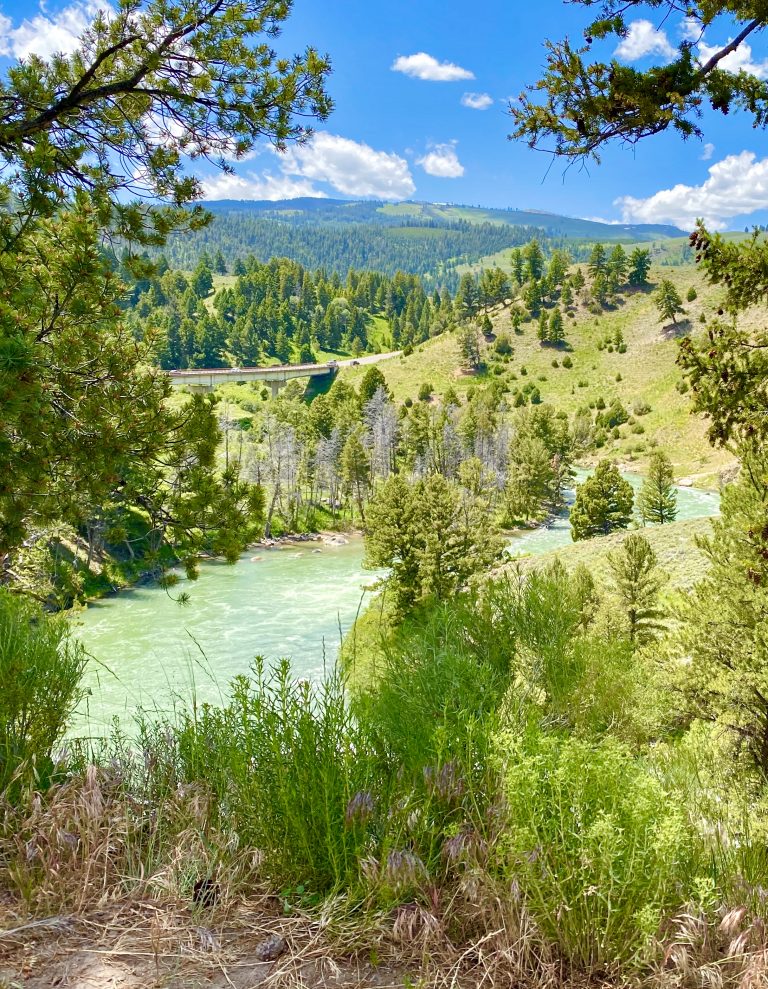
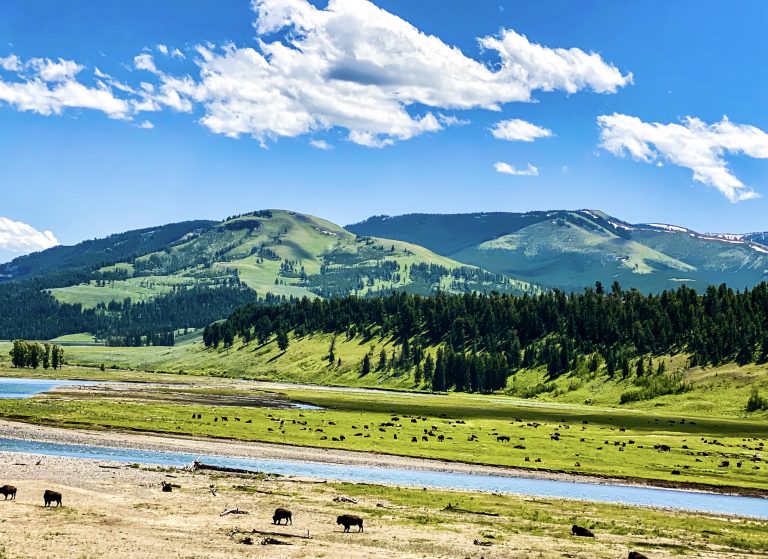
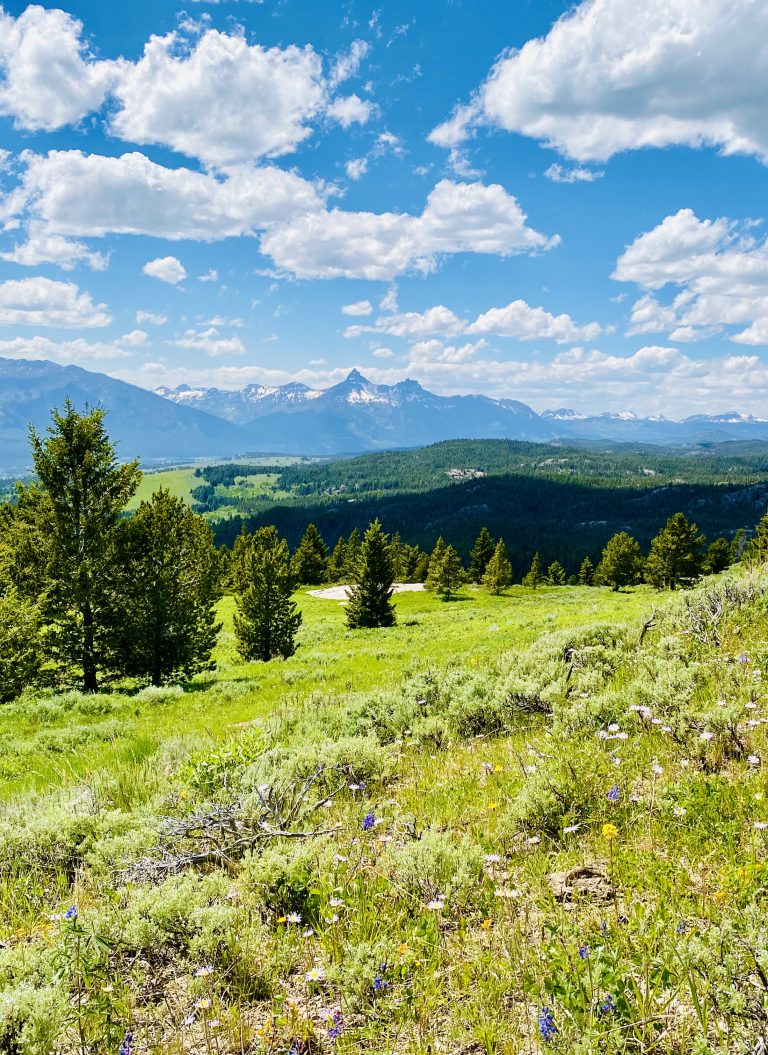
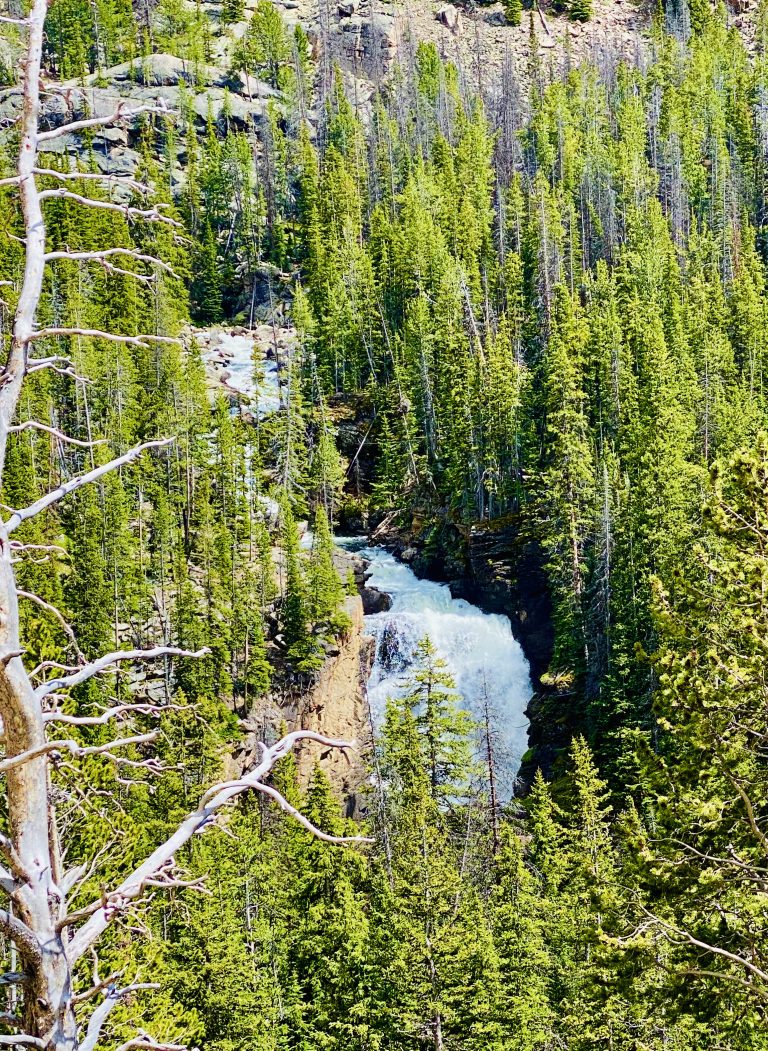
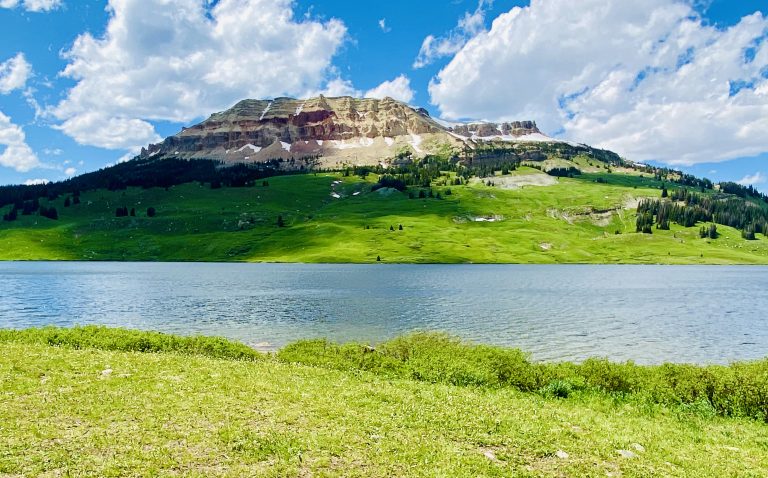
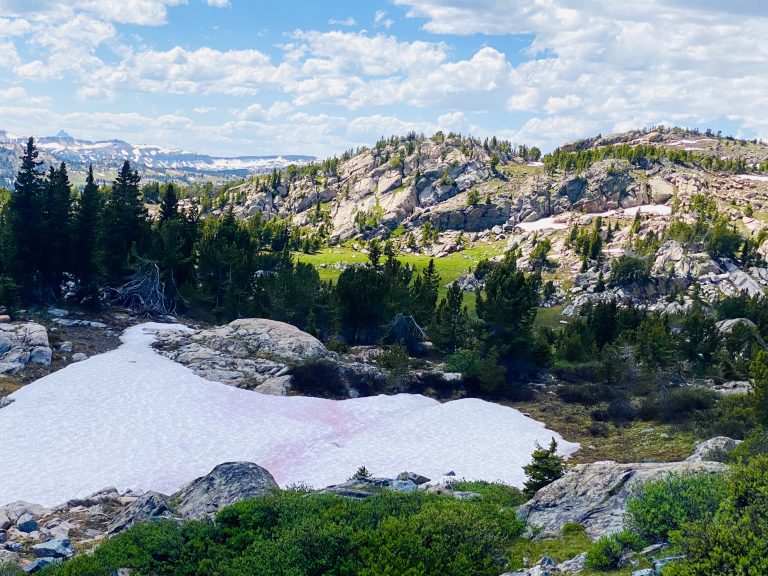
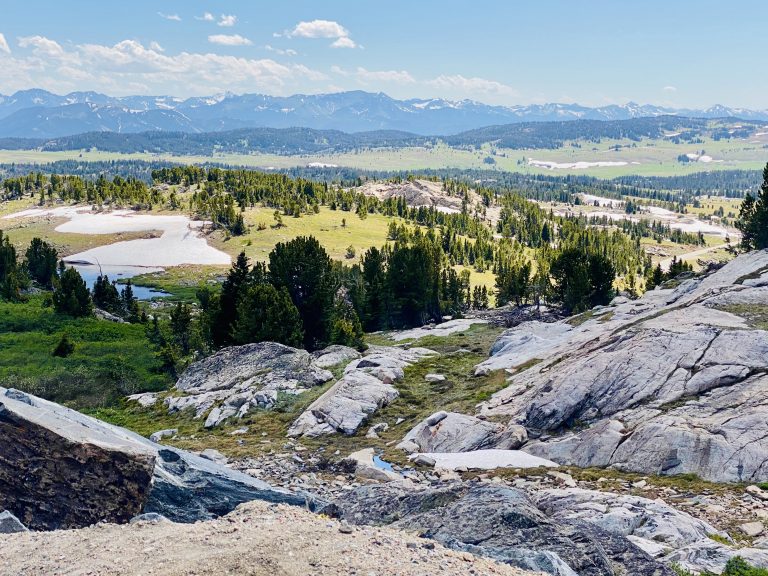
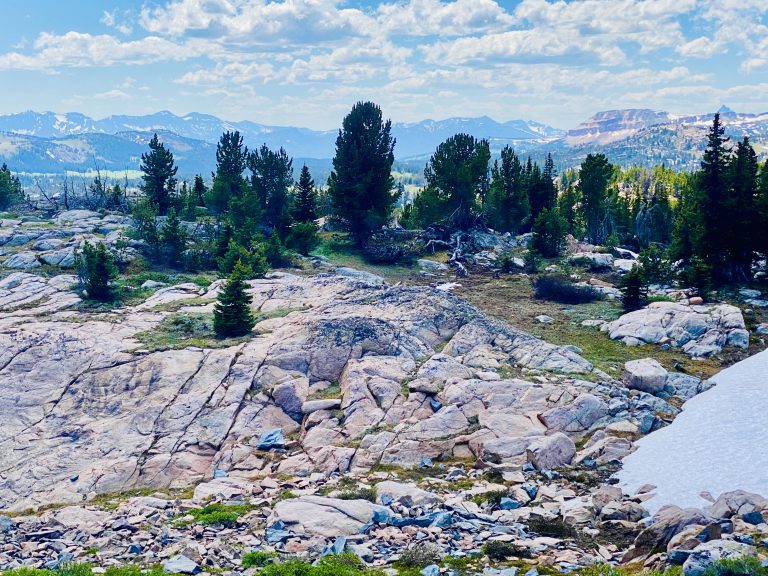
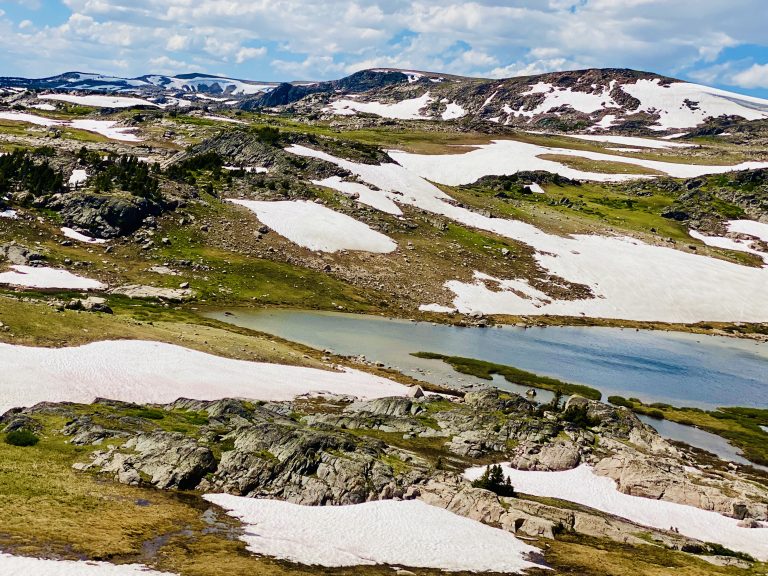
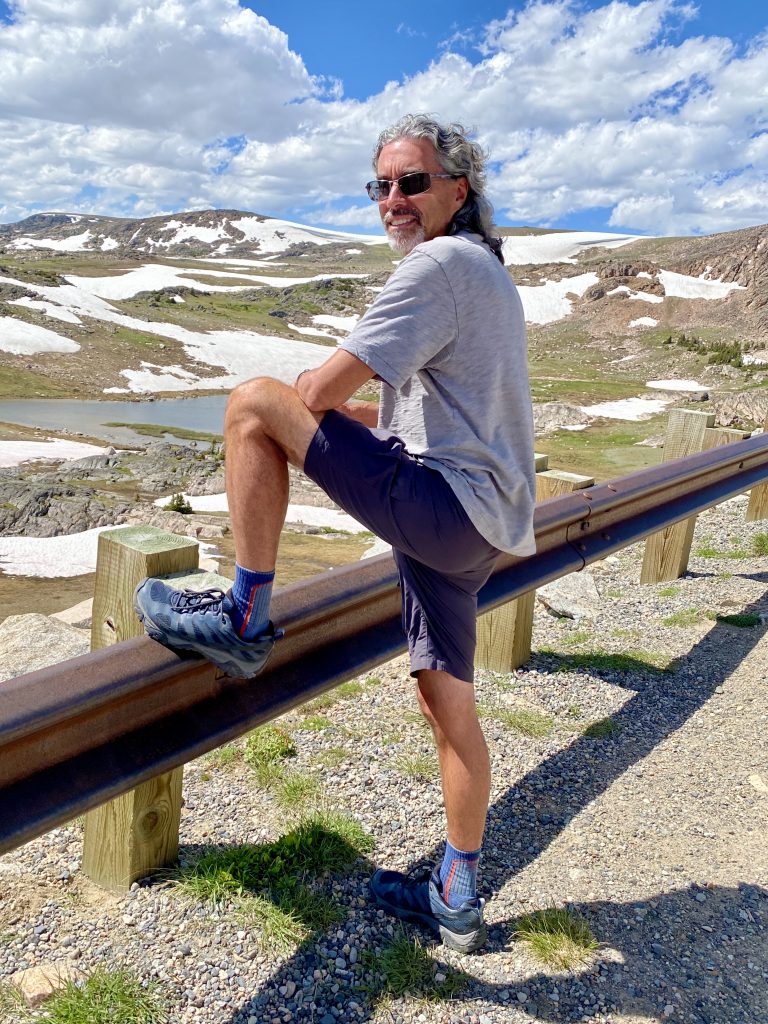
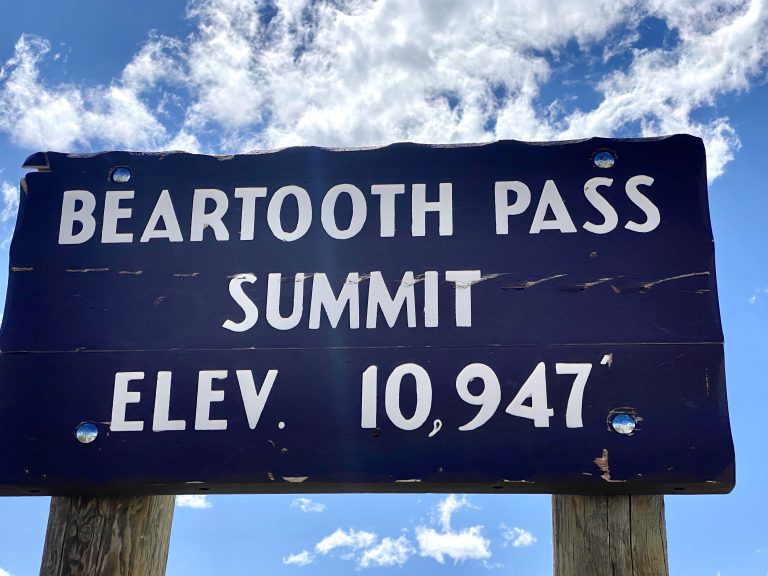
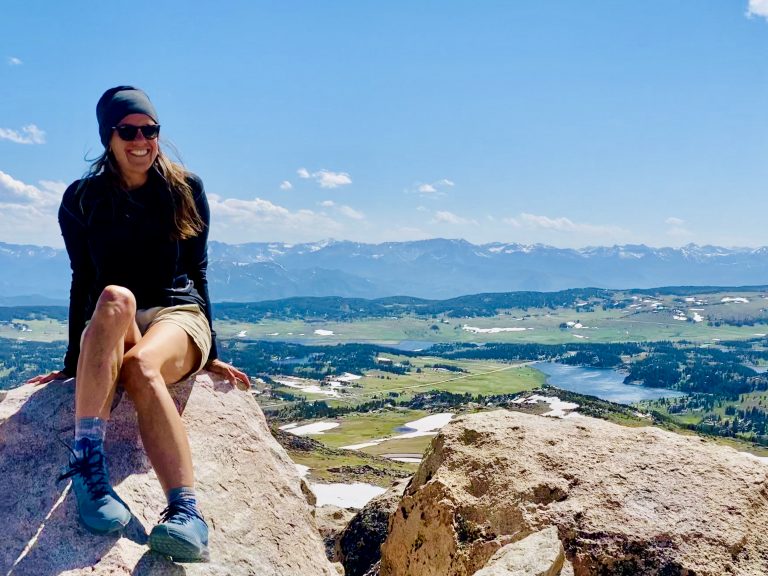
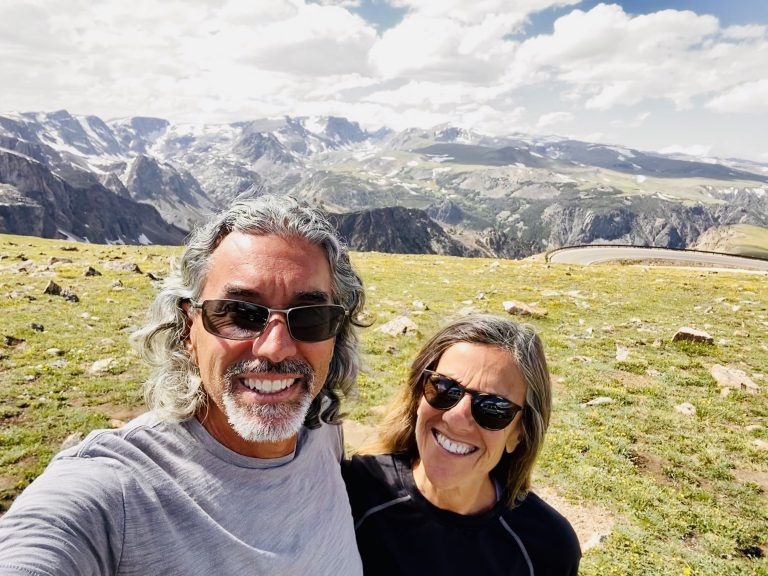
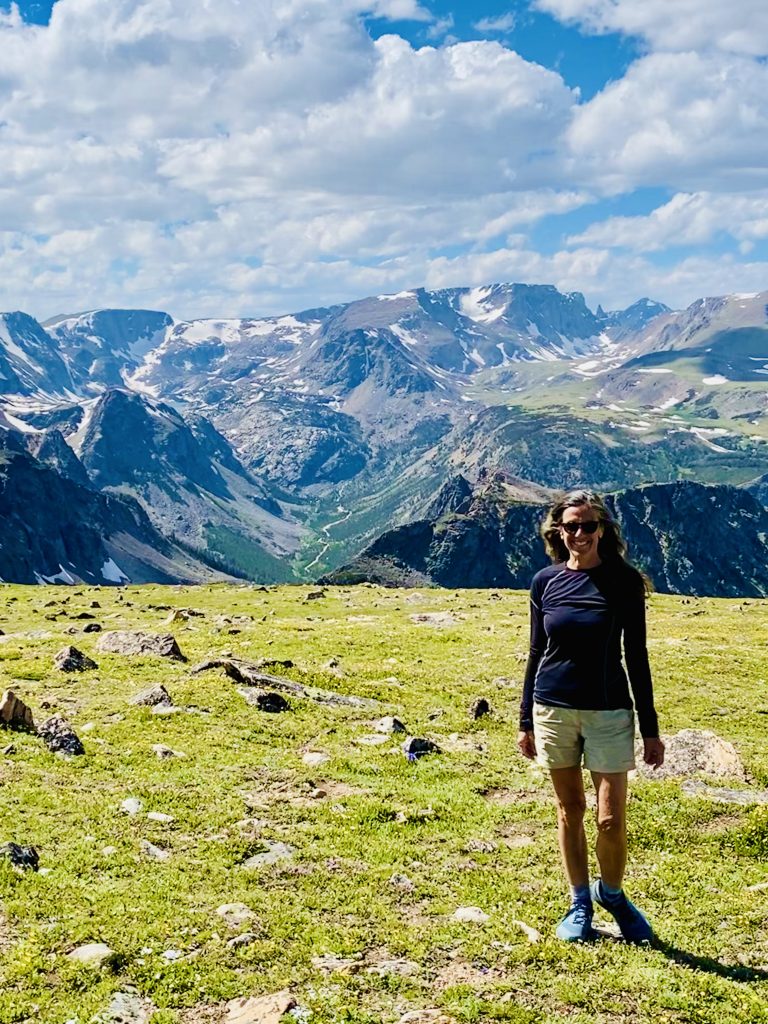
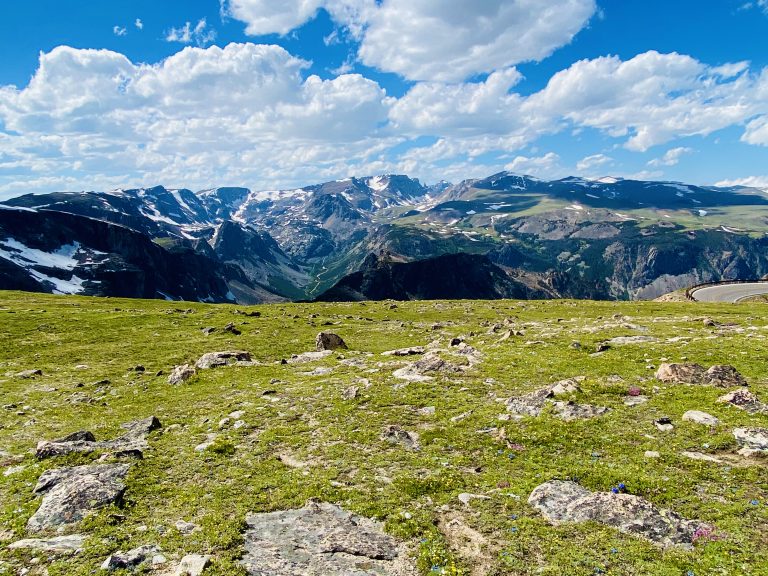
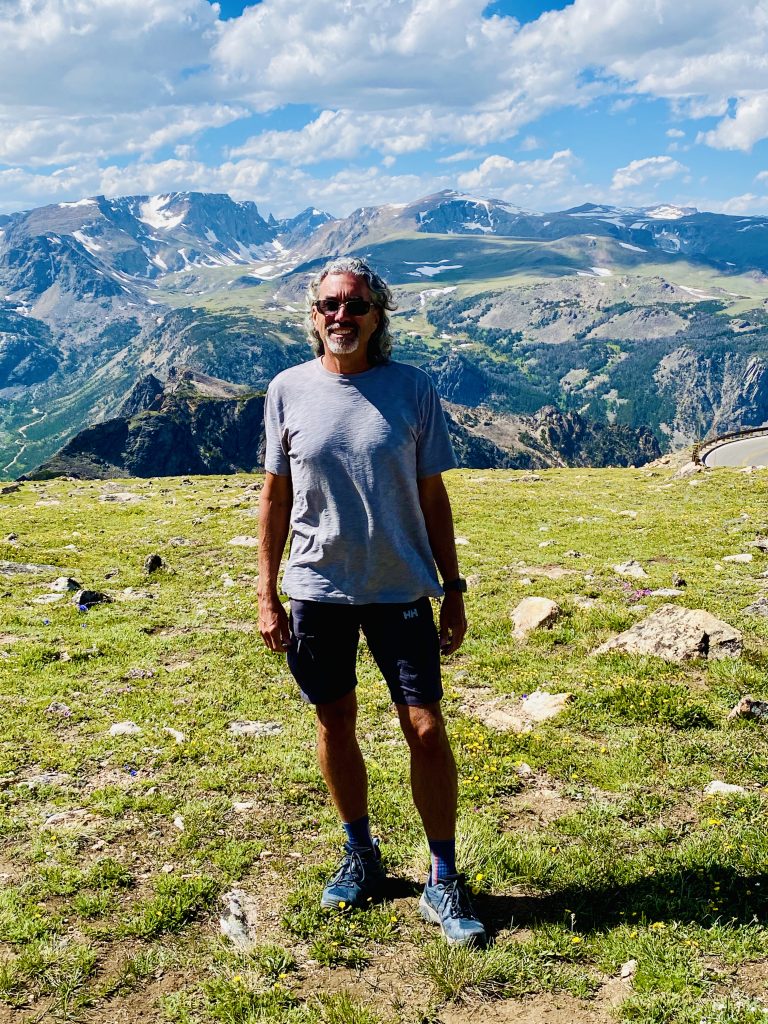
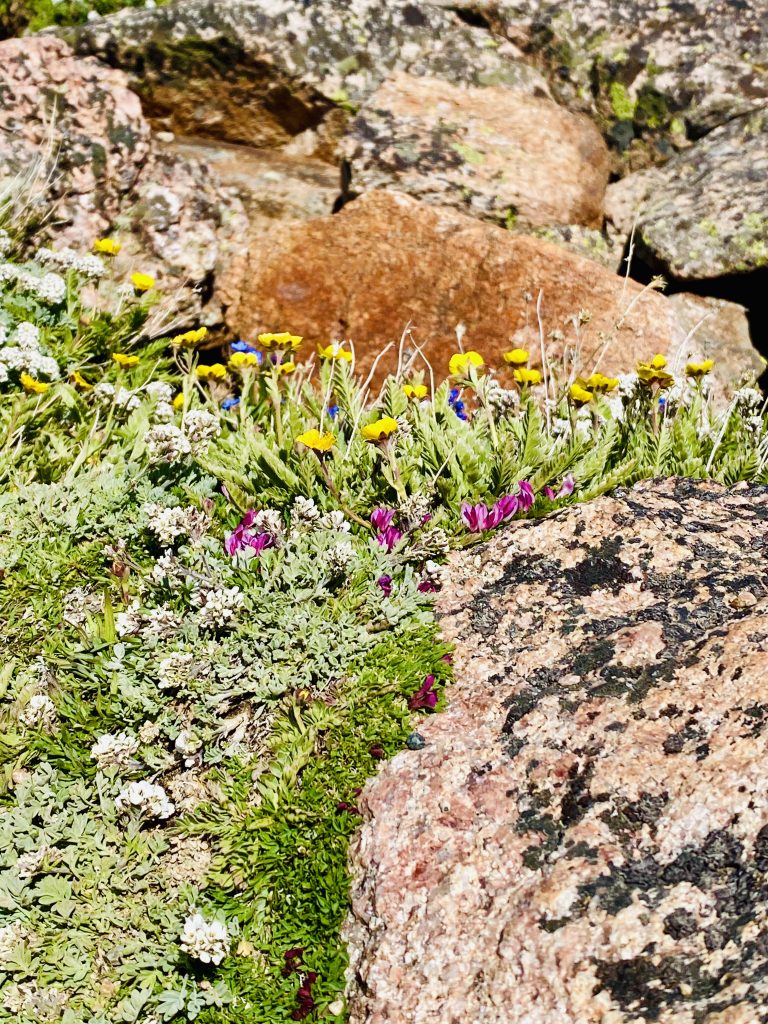
2 Responses